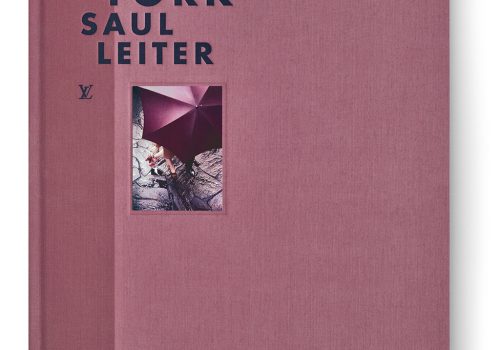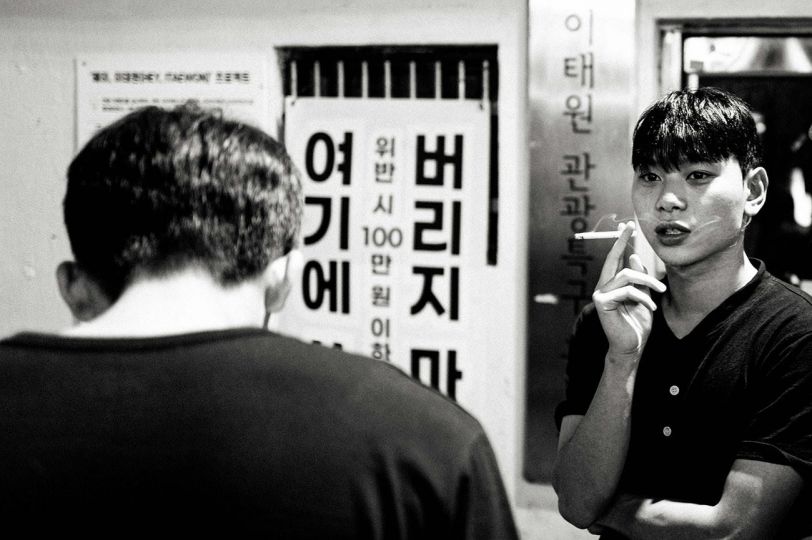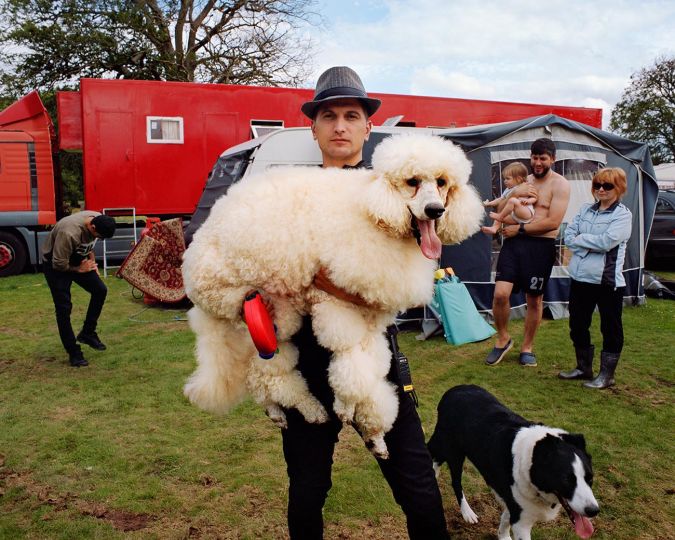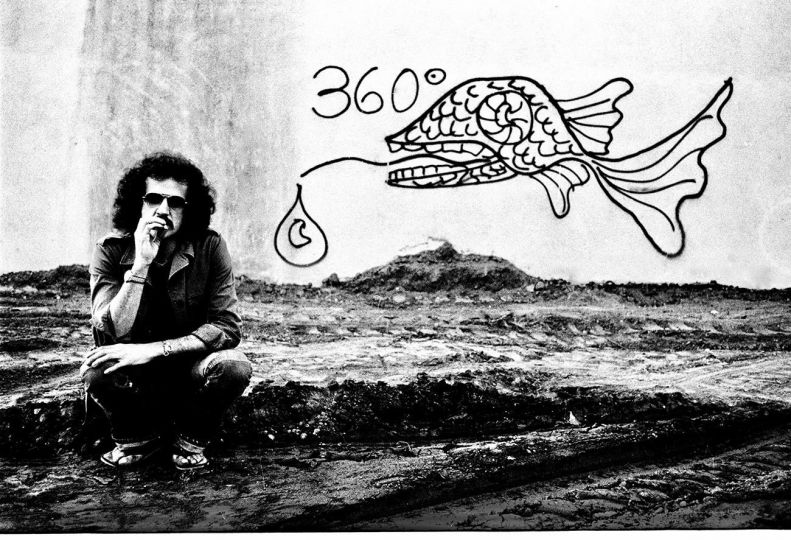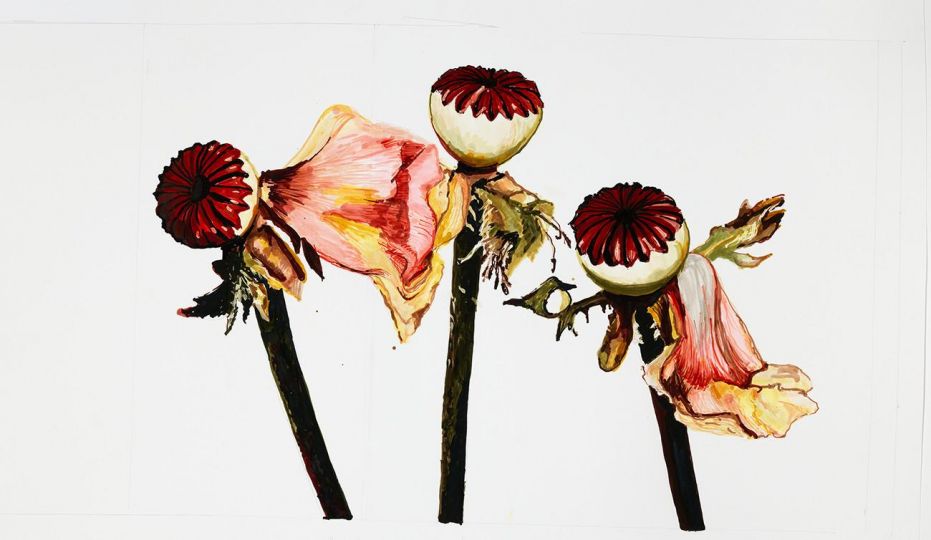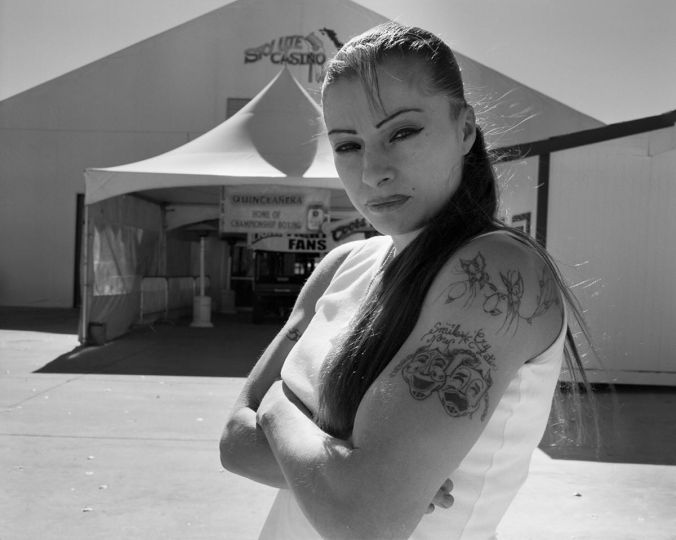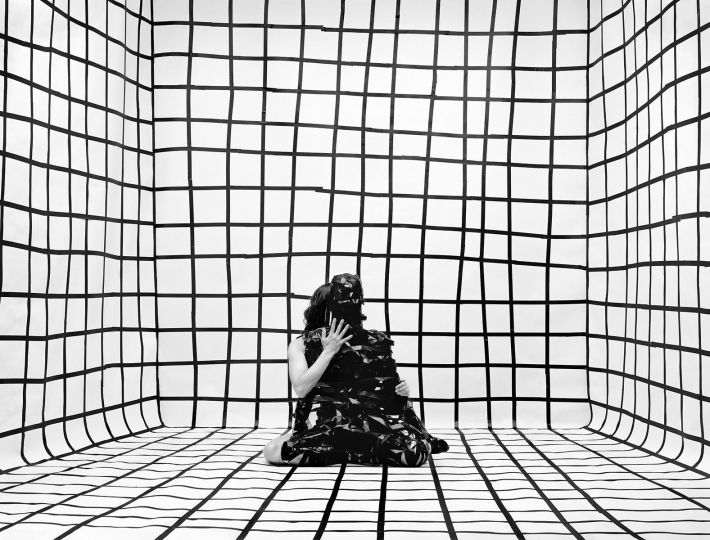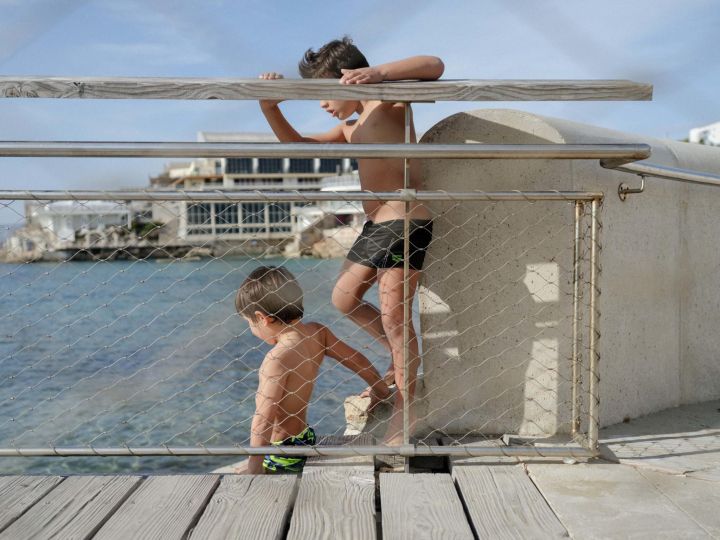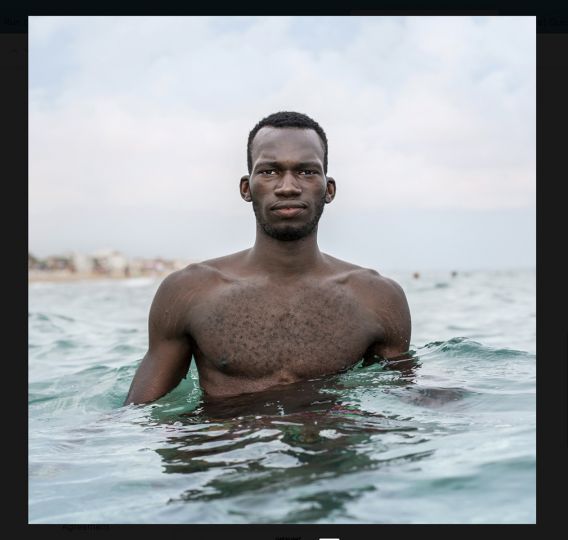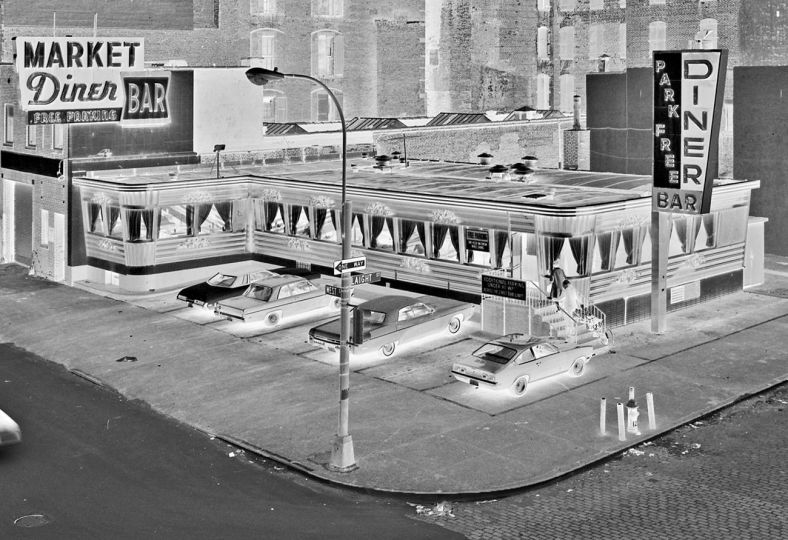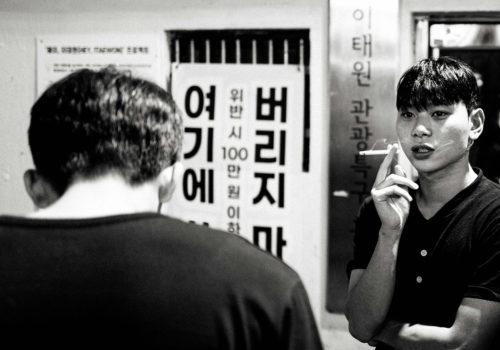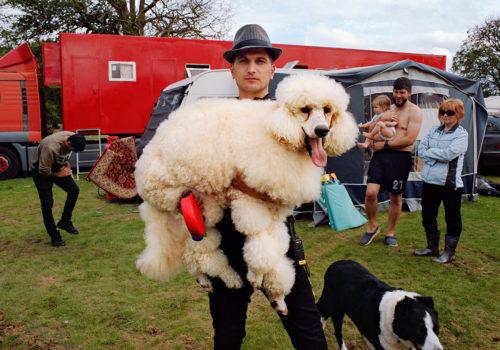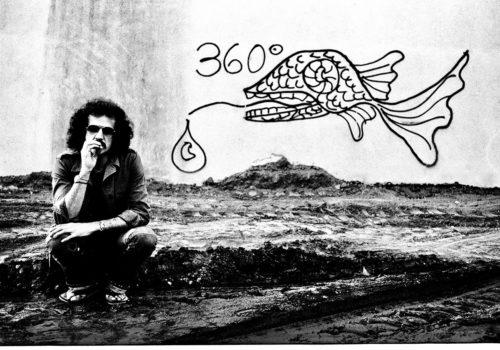From the Louis Vuitton Editions Fashion Eye collection, the book New York, Saul Leiter offers a glimpse of fashion photography and street scenes by the New York photographer. At the heart of the book, twenty double pages reveal on thin paper the assignment given in 1989 by Rei Kawakubo for her magazine Six. At that time, the public and fashion have forgotten Saul Leiter. The early 1990s marked a turning point thanks to the obstinacy of the publisher and critic Martin Harrison. The Louis Vuitton editions elegantly honors Leiter as well as Harrison.
In 1981, Saul Leiter was forced to close his studio, located at 156 5th Avenue. Money is running out. Assignments no longer flow. Until the 1970s, Saul Leiter frequently contributed to major periodicals: Harper’s Bazaar, Elle, Vogue U.S. and British Vogue, while photographic magazines also opened their pages: U.S. Camera, Infinity, Life or the annual edition of Photography. But the photographer object to success, he “prefers to read a book rather than work on his reputation,“said Martin Harrison. The seasons pass, the houses and magazines forget him. Memories are short on one side, on the other is a detached and slightly grumpy spirit.
The 1980s seem to be a long retirement. Leiter is against the current, not subversive, but carried by a tempo moderato, in an impetus where painting and photography intertwine. Assignments do not come anymore, he abandons his camera and devotes himself to painting. In his apartment, a jumble of books devoted to the masters of Japanese prints, to Bonnard, Vuillard, Degas. We can imagine Saul Leiter laughter, and with economical gesture, making fun of success. In his kitchen, the aged coffee machine smokes peacefully between two walks in the East Village.
Every afternoon, when the light approaches his studio, his brush caresses the skin of his companion Soames Bantry. The decade passes.
Editor of the Beauty Photography in Vogue in 1987, Martin Harrison has placed on the front cover a photo by Saul Leiter shot in London with Jean Shrimpton. Harrison knew and was friend of Leiter before losing sight of him. He looked for him in vain and tried calling him for two years, but found only dead silence at the end of the line. The phone is unpaid. In desperation, Harrison writes to an old address. At East 10th Street, Leiter has not moved and answers him. Their friendly relationship resumes. For nearly twenty years, Harrison visits him. Together, they look at old prints, inspect boxes of negatives, discuss his relative success in the 1950s. Slowly, Harrison dusts the ground and prepares Leiter’s rediscovery.
In 1989, Martin Harrison persuaded the stylist Rei Kawakubo to give him a large portfolio for the number four of her magazine Six, founded the year before, Six mixes photographers, architects, contemporary artists and graphic designers in a large black and white A3 format. Leiter takes up his camera – has he ever left photography, as his painting feeds on it and these two mediums, for Leiter, are indissociable? – and roams the streets of his neighborhood again. Martin Harrison’s wife and son, Amanda and Brett, friends and neighbors play the parts of the models.
Leiter’s gaze was not altered. He seeks in his immediate environment the same tranquility, this indecisive fog where nothing happens. From these photographs arise passivity, innocent details, hands forgotten on the glass door, faces forgotten in their thoughts. Oh! the times have changed. The streets soon cleaned of their vice have also lost this little chic. Gleaming Japanese motorcycles backfire. Shorts stop right under the buttocks. On the street corner, delis coexist with arcades for video games. Yet Leiter’s gaze has not changed.
Timeless tranquility! Durable recipes! The same compositions resurface: umbrellas devouring the foreground, images shot in thick mirrors, faces absorbed in the abstract confusion of a window or an overloaded interior. Martin Harrison rightly points out, “He chose moments of calm, balance, or brought to light people who seemed paradoxically detached from the unrest, looking indifferent or out of touch with the values of the consumer society.”. The assigment from the magazine Six contributes to putting Leiter back on the rails. Follows the support of the Howard Greenberg Gallery, the Early Color book edited by Martin Harrison and the exhibition at the Cartier-Bresson Foundation.
From this New York of 1989, no historical testimony! Leiter’s photography does not tries to capture time. And it would be almost tempting to make the photographer a bard of quiet time, timelessness. Yet Leiter is not idealizable. If he was alive, let’s bet he would laugh at us. He would be troubled by his current success, his recognition caught on the thread of his life. So let’s keep Leiter as a constant admiration. He gave New York its contemplative image, its lascivious rains, its bright colors . This New York in reverse of its rehashed boiling, its tormented nights, its permanent shudder. Leiter has made New York a succession of little things, dead moments, without history. His poetry lies in his measure for gestures, colors and suspended time.
Arthur Dayras.

